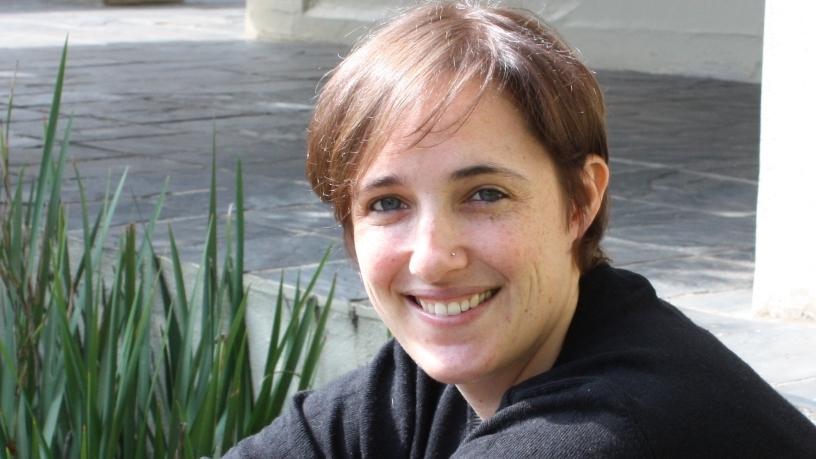
Environmental activist group Greenpeace is at odds with China after it awarded Eskom a $2.5 billion (R33.7 billion) loan to complete the coal-fired Kusile Power Station near Witbank in Mpumalanga province.
On Tuesday, Eskom signed a loan agreement with the China Development Bank in Pretoria. The power utility says the facility will form part of the funding of Eskom's build programme and specifically the Kusile Power Station.
Befitting to the current build programme, this long-term government-guaranteed facility will allow Eskom to draw down on the facility up to a period of five years from the effective date, says the power utility.
The Kusile Power Station is expected to emit an estimated 36.8 million tonnes of CO2-equivalent per year once it is completed.
A 2011 report "The True Cost of Coal: The monstrous price of South Africa's coal addiction", by Greenpeace Africa and the University of Pretoria's Business Enterprises unit, calculated the full costs of the Kusile plant, from climate change to water use, and the impact on health and the environment.
It was estimated that the damage caused by Kusile will cost SA between R31.2 billion and R60.6 billion a year, and that just 30% of Kusile's externality cost would be able to generate five times the coal station's proposed power with renewable energy. Roughly 70% of the total cost was water-related.
Dead-end coal
With China's emerging leadership on climate change and its competitive advantage on renewable energy, Greenpeace Africa says it is disappointed that China is choosing to support coal in a country like SA.
Melita Steele, Greenpeace Africa senior climate and energy campaign manager, says: "With China's emerging and ever-strengthening leadership on climate change and her competitive advantage on renewable energy, Greenpeace Africa is disappointed that China is choosing to support dirty coal in a country like South Africa."
"Kusile will be a mammoth coal-fired power station if it is completed, and will use up massive amounts of scarce water resources. Investment in coal will continue to create pollution that will damage people's health and drive us closer to unstoppable climate change.
"In order to protect our constitutional right to water and a healthy environment, the last two units of Kusile should not be completed and the money should be redirected to renewable energy instead. In the face of catastrophic climate change, the South African government should be looking for money for renewable energy, not dead-end coal," says Steele.
"The world is moving away from coal. This loan that we've got should have been used for renewable energy," says Greenpeace Africa senior political advisor, Happy Khambule.
"It should have been used for something which is a lot more progressive and looking forward. With China taking the stance that it has taken in the international community, it seems like double-speech, looking at the fact that coal is the key contributor to climate change."
China is the world's leading country in electricity production from renewable energy sources, with over double the generation of the second-ranking country, the US.
In 2017, renewable energy comprised 36.6% of China's total installed electric power capacity, and 26.4% of total power generation. Nevertheless, the share of renewable sources in the energy mix had been gradually rising in recent years.
Eskom risk
Brenda Martin, chairperson of the South African Wind Energy Association, says: "In the current industry structure and regulatory regime, utility-scale independent power producers must rely entirely on Eskom to bring their product to market.
"This exposes all independent power producers to Eskom risk. In the medium-term, achieving the necessary national energy transition away from coal requires a stepped-up growth in renewable power investments. However, given the limits of the current market structure, in the short-term, the renewables industry has a significant interest in the proactive resolution of the Eskom crises."
In its results this week, Eskom said it purchased 9 584GWh from renewable energy independent power producers at a cost of R21.3 billion during the past financial year. The company presented results for the financial year ended 31 March, reporting a loss of R2.3 billion, with a further R20 billion in irregular expenditure.
Eskom's tariffs have increased sharply over the past decade, averaging 9.2% annually over the last five years, says Dominic Wills, CEO of SOLA Future Energy. Despite a 5.2% increase in 2018, consumers might face further tariff increases in September, as the parastatal claims its approved regulatory clearing account application from Nersa, he notes.
Wills adds that the regulator has approved R32 billion for Eskom's regulatory clearing account application, which is an additional allowance to Eskom on top of the electricity tariff increase and could be recovered by Eskom by hiking electricity tariffs further.
He notes that an initial trickle of interest in independent power production, particularly solar PV, has grown steadily to the point that self-generated power is regarded as an affordable and reliable option, especially in areas with partial or intermittent connection to the national grid.
The International Renewable Energy Agency predicts that by 2050, more than 80% of the world's electricity could be derived from renewable sources, with solar PV and wind power contributing 52% of total electricity generated.
Share